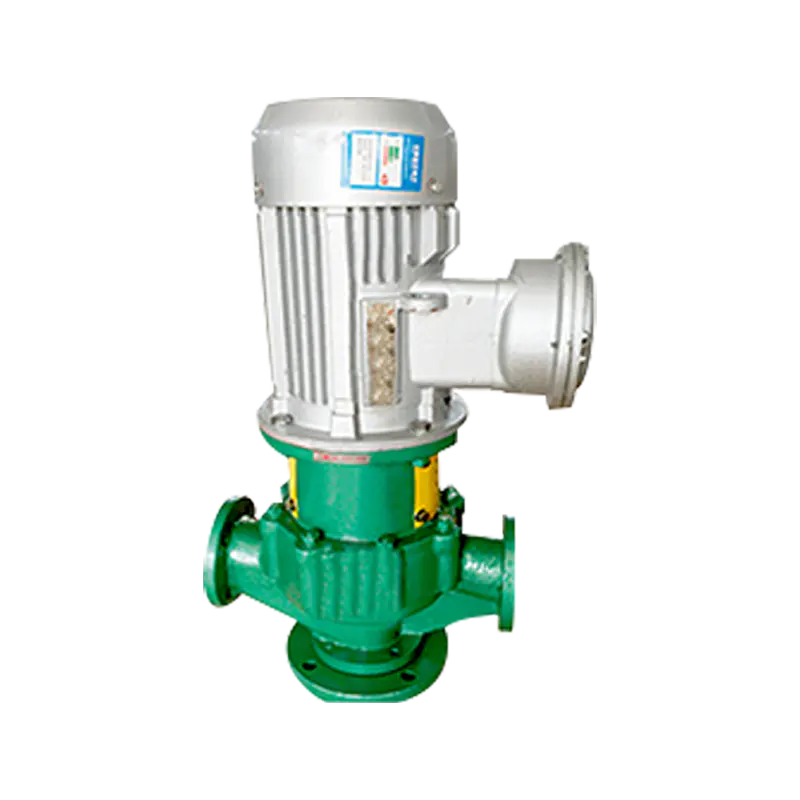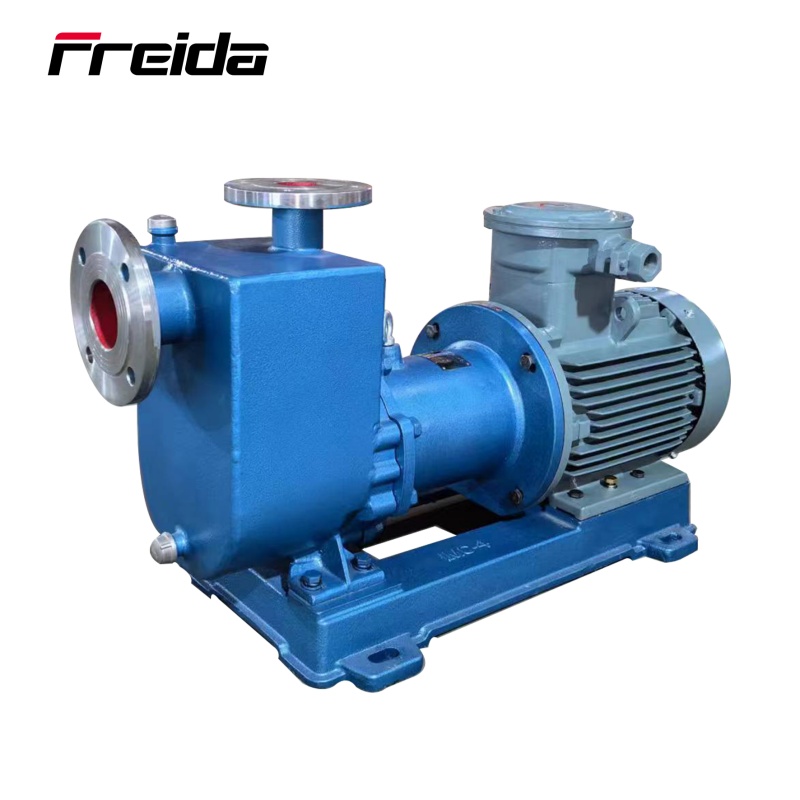In the world of industrial fluid dynamics, few pieces of equipment are as ubiquitous or essential as the metal centrifugal pump. This workhorse of a machine is the go-to solution for moving liquids across a vast range of applications, from municipal water treatment and chemical processing to mining and agriculture. While its design may seem simple at first glance, the engineering behind this pump is a testament to efficiency, durability, and versatility.
At its core, a metal centrifugal pump operates on a straightforward principle: converting rotational kinetic energy into the hydrodynamic energy of a fluid flow. The pump consists of an impeller, which is a rotating component with vanes. As the impeller spins, it draws fluid into its center, or eye. The fluid then accelerates outwards towards the periphery of the impeller due to centrifugal force. From there, it's channeled into a pump casing—often a volute or diffuser—which slows the fluid down and converts its high kinetic energy into increased pressure. This pressurized fluid is then discharged from the pump, ready to be sent to its destination.
What sets this pump apart is its metal construction. Unlike plastic or ceramic alternatives, a metallic centrifugal pump offers unparalleled strength and resilience. The choice of material is crucial and depends heavily on the intended application. For handling abrasive slurries, high-pressure environments, and corrosive chemicals, materials like stainless steel, cast iron, or various alloys such as duplex stainless steel are the standard. Stainless steel centrifugal pumps, for example, are prized for their resistance to corrosion and rust, making them ideal for hygienic and food-grade applications, as well as for pumping corrosive acids and bases. Cast iron pumps are valued for their robustness and cost-effectiveness in general-purpose industrial use, such as water transfer.

The durability of a metallic centrifugal pump makes it a long-term investment. They are designed to withstand challenging conditions, including high temperatures and pressures, and are less susceptible to mechanical stress and impact damage than their non-metallic counterparts. This resilience translates to lower maintenance costs and a longer service life, which are critical considerations in industrial operations where downtime can be extremely costly.
Another key advantage is the wide range of configurations available. Metal centrifugal pumps can be found in various designs, including single-stage and multi-stage, horizontal and vertical setups, and with different sealing options like mechanical seals or packing. This adaptability allows them to be custom-tailored to meet the specific flow rate, head (pressure), and liquid viscosity requirements of virtually any task. Whether it's a small-scale transfer pump or a massive, high-capacity pump station, a metal centrifugal pump is a reliable and efficient choice.
In summary, the metal centrifugal pump is far more than just a piece of hardware; it is a critical component of modern industry. Its fundamental design, combined with the strength and longevity provided by its metal construction, makes it an indispensable tool for moving liquids efficiently and reliably. It is a true workhorse, quietly and effectively powering the flow of materials that are essential to our daily lives.
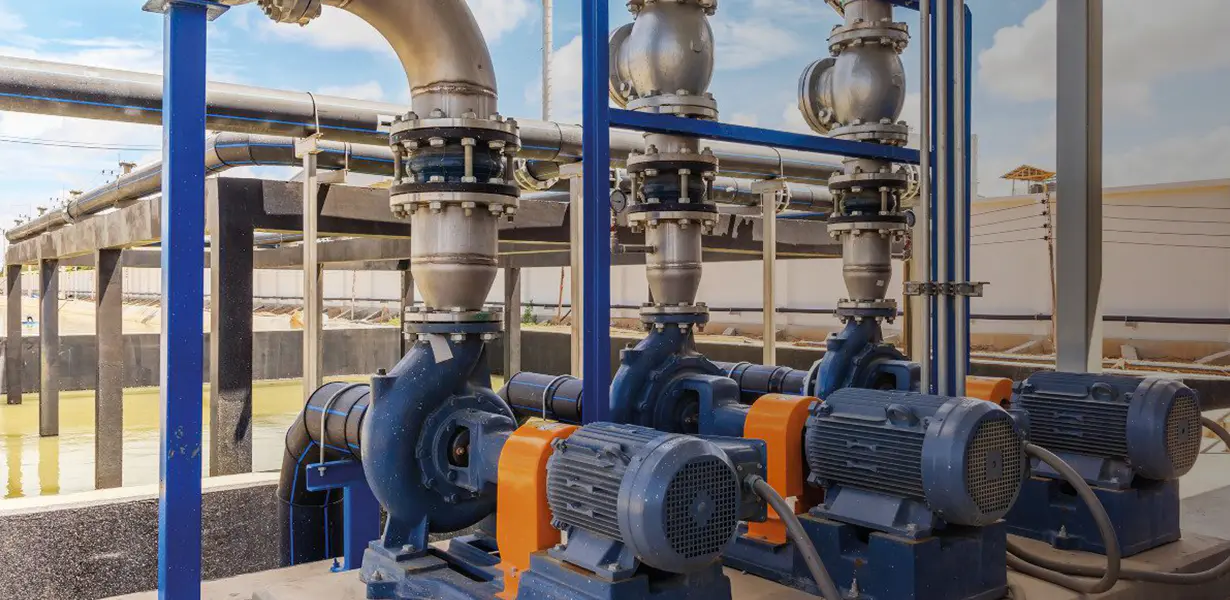
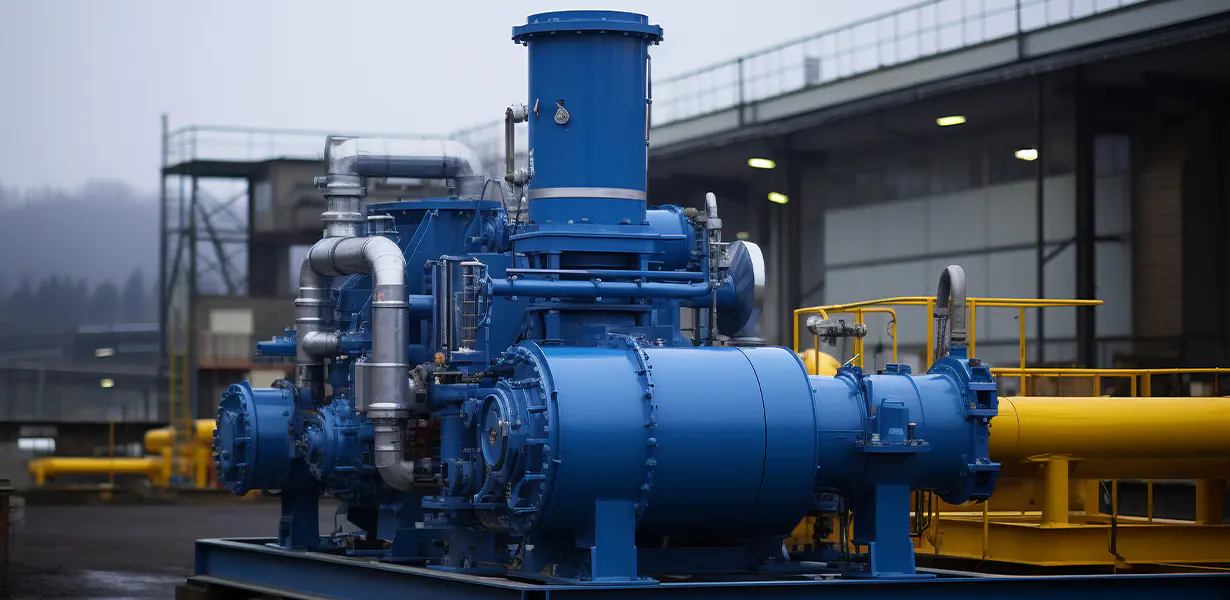
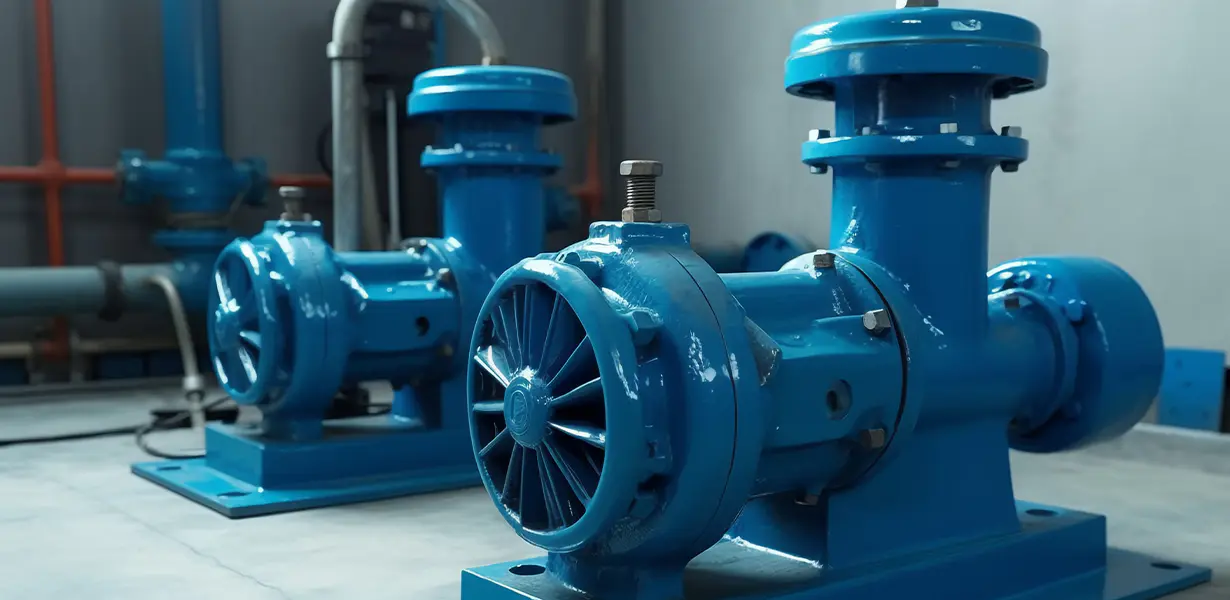
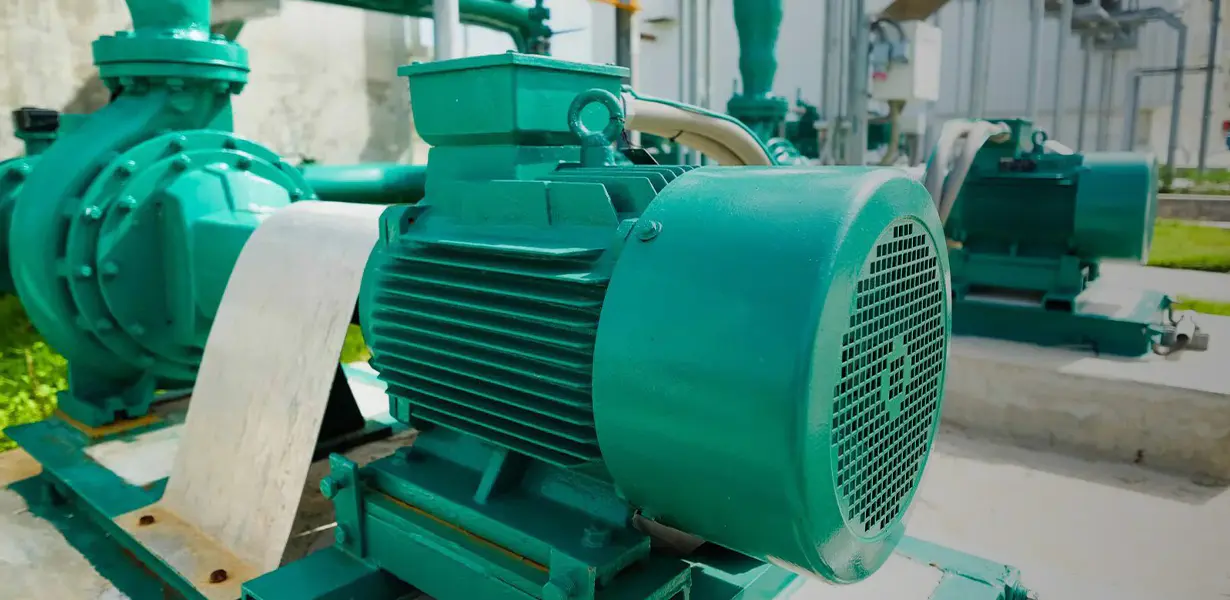
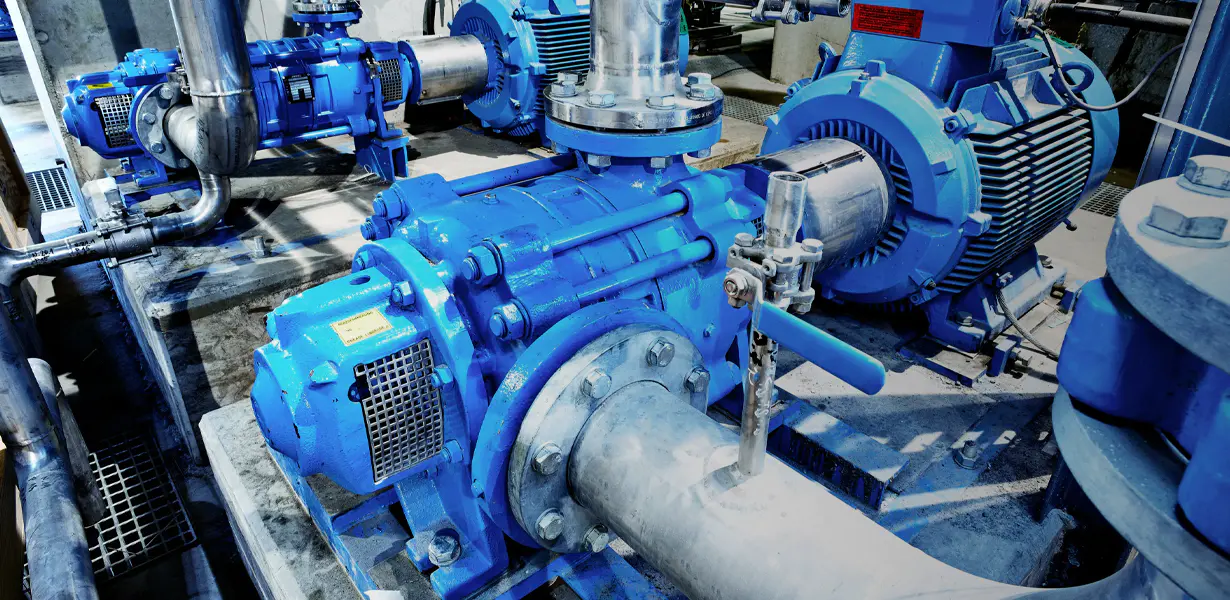
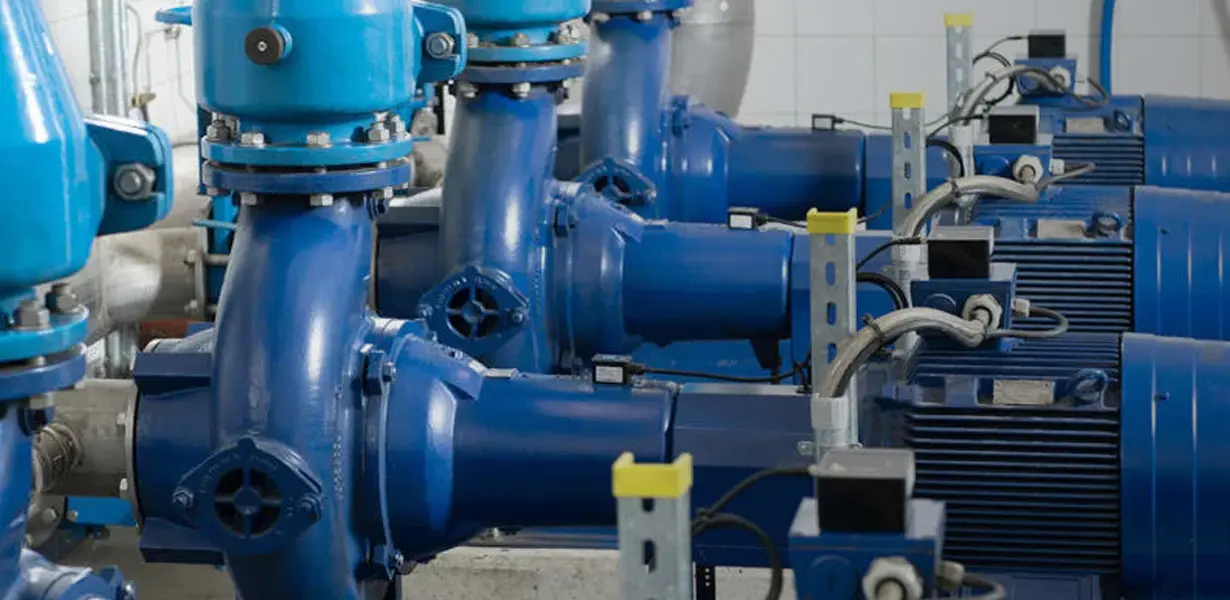


 English
English русский
русский Español
Español Français
Français








